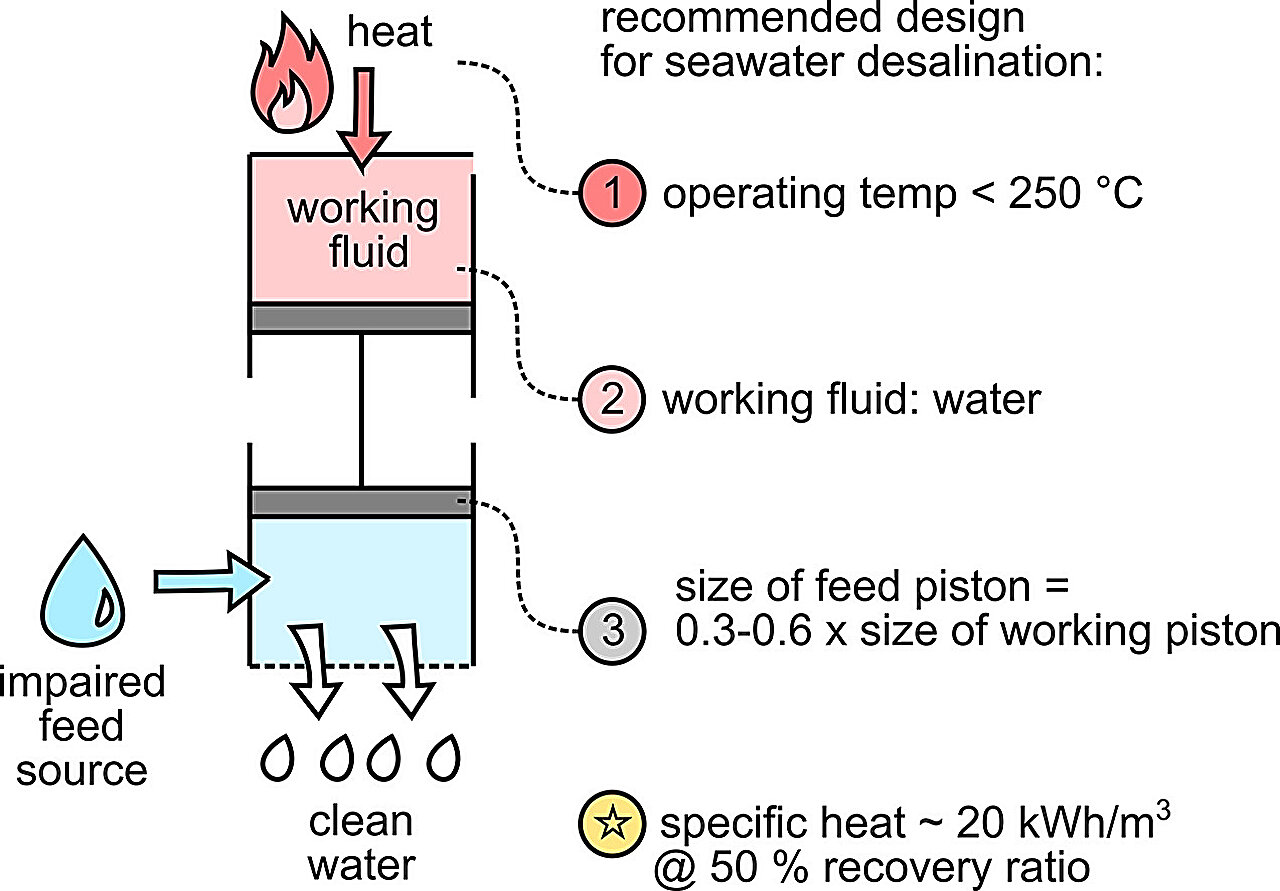Tech
Cl0p claims ransomware hit on NHS | Computer Weekly

NHS England is investigating the possibility that it has fallen victim to a prolific ransomware operation, after the Cl0p (aka Clop) gang claimed to have hacked its systems via a post to its dark web leak site made on 11 November.
At the time of writing, Cl0p has not named any specific NHS bodies or leaked any organisational or patient data. Nor have there been any outward-facing signs of a classic ransomware attack, such as IT outages or service disruptions, although Cl0p is among a number of cyber gangs known to conduct attacks that do not result in data encryption, preferring instead to stick to theft and extortion.
However, the NHS appears alongside other names, one of which, US newspaper The Washington Post, has confirmed that it fell victim to a Cl0p attack orchestrated via two distinct vulnerabilities in Oracle’s E-Business suite, patched earlier in the autumn. NHS England’s digital teams published an advisory notice covering the Oracle bugs – CVE-2025-53072 and CVE-2025-62481 – on 23 October.
In a statement circulated to media, an NHS England spokesperson confirmed there was a live investigation in progress, although they made no mention of ransomware or the Cl0p gang specifically.
“We are aware that the NHS has been listed on a cyber crime website as being impacted by a cyber attack, but no data has been published,” they said.
“Our cyber security team is working closely with the National Cyber Security Centre [NCSC] to investigate.”
The NCSC declined to comment directly on the investigation.
Lack of clarity
Notably, Cl0p’s somewhat vague dark web posting states only that it has hit the NHS, rather than one of the many distinct bodies that comprise Britain’s health service, as Graeme Stewart, Check Point head of public sector, observed.
“Cl0p hasn’t been clear about which part of the NHS they’ve hit, and from their statements, it’s not obvious they fully understand it themselves,” he said.
“That in itself is symptomatic of the wider issue. For NHS cyber security teams, this is simply another day-in-the-life, and that’s the real problem here. So yes, it’s a call to arms and a timely reminder of the need for sustained, sensible investment in NHS cyber security: in people, processes, and technology.
“But to borrow a line from David Byrne: ‘Same as it ever was.’ This is the reality now, and we must ensure the NHS is properly equipped to deal with it,” added Stewart.
Stewart said that behind the scenes, Check Point’s research teams had found healthcare organisations in the UK face over 1,100 cyber attack attempts per organisation per week, making the NHS one of the most targeted organisations in the country.
“Unfortunately,” he added, “it’s something we as a society have almost become accustomed to; these incidents occur every day.”
Earlier this week, Synnovis, a pathology services unit run in-part by Guy’s and St Thomas’ and King’s College NHS Trusts, began notifying its partners in the NHS of patient data exposure following a Qilin ransomware attack in the summer of 2024, which caused widespread disruption.
Patients impacted in this incident, which primarily affected NHS operations in South London, will be informed if their data was compromised by the relevant NHS organisations.
Tech
These Are Our 19 Favorite WIRED Gifts for Bird Lovers

You may be familiar with the various memes detailing the fact that once you reach middle age, you’re automatically sorted, Harry Potter hat–style, into one of a handful of hobbies, such as sourdough bread making, gardening, or bird-watching. I can’t contradict this, since I’m a middle-aged person who got sorted into bird-watching. But I do know that enjoying birds and their various activities is fun for all ages. Birds are beautiful, interesting, and unpredictable, and it’s fascinating to keep a running life list of all the birds you’ve seen and hope to see in your lifetime.
Whether someone you know is in their bird-watching phase, preparing for this phase, or has been in it for decades, all of these unique gifts—for traveling bird-watchers and backyard bird enthusiasts alike—are things either I or another bird-loving Reviews team member tested, was gifted, or bought IRL and enjoyed.
For more specific equipment recommendations, check out our guides to the Best Smart Bird Feeders and the Best Binoculars, and for other gift ideas, check out all our gift guide coverage, including the Best White Elephant Gifts, Best Gifts for Men, and Best Viral TikTok Gifts.
Update November 2025: We’ve added the Birdfy Nest Polygon, a sticker book from Brass Monkey, a bb.Fonts tote, and a heated jacket from Venustas, and ensured up-to-date links and prices.
Tech
DOJ Issued Seizure Warrant to Starlink Over Satellite Internet Systems Used at Scam Compound

As scam compounds in Southeast Asia continue to rake in billions of dollars in stolen funds from victims around the world, United States law enforcement aims to cut scammers off at the source by issuing seizure warrants for Starlink satellite internet terminals that provide cybercriminals with connectivity. Two US warrants and affidavits seen by WIRED detail how Starlink devices are allegedly being used by cybercriminals running scam compounds in Myanmar.
One warrant, issued on Wednesday by US Magistrate Judge G. Michael Harvey, authorized the seizure of nine Starlink terminals and two Starlink accounts allegedly used in scam compounds in Payathonzu, near Three Pagodas Pass at the Myanmar-Thai border. A linked affidavit, written by FBI investigators, claims that the Starlink devices and accounts played a “substantial role” in an alleged money laundering and wire fraud operation targeting US citizens—saying Starlink parent company SpaceX should “disable service” to the devices. It also claims that at least 26 Starlink dishes appeared to be on the roofs of several buildings making up one scam center of several in the Three Pagodas Pass area.
The second warrant and affidavit—which was not issued to Starlink but focused on seizing websites used in scamming—also claims that “at least” 79 Starlink dishes appear on the roofs of buildings at the notorious Tai Chang compound in Myanmar, which US officials say is controlled by the Democratic Karen Benevolent Army, an armed group in Myanmar which was sanctioned by the US government this week. The warrant was signed on Monday by US Magistrate Judge Matthew J. Sharbaugh.
Both sets of legal documents cite a WIRED investigation from earlier this year, which revealed that scam compounds in Myanmar have been using Starlink for internet access. Starlink, which is owned and operated by Elon Musk’s SpaceX, is a high-speed satellite internet service available in more than 150 countries around the world.
The action comes as part of a new US law enforcement initiative known as the District of Columbia Scam Center Strike Force that was announced by the Justice Department, FBI, and Secret Service on Wednesday. The effort aims to combat cryptocurrency scams targeting Americans, specifically fraud that originates from an ecosystem of systematized scamming that has evolved in multiple Southeast Asian countries and is often linked to Chinese organized crime. The “Strike Force” is already operational and the Justice Department says it has seized roughly $400 million in cryptocurrency so far that was stolen in scams.
“The Department of Justice will not stand by while Chinese organized crime victimizes Americans and bleeds dry the hard earned investments of American citizens,” Jeanine Pirro, the US Attorney for the District of Columbia, said in a press conference. “We have seized websites being used by these compounds in Southeast Asia that are used to victimize Americans. We are seeking warrants to see satellite terminals and accounts being used by the perpetrators to connect to the internet.”
Tech
Low-grade heat from renewable sources could be used to desalinate water

A McGill University-led research team has demonstrated the feasibility of a sustainable and cost-effective way to desalinate seawater. The method—thermally driven reverse osmosis (TDRO)—uses a piston-based system powered by low-grade heat from solar thermal, geothermal heat and other sources of renewable energy to produce fresh water.
Though previous research showed promise, this study is the first to analyze TDRO’s thermodynamic limits. The results have brought researchers closer to realizing the technology which could improve access to water and increase the sustainability of infrastructure.
“Most desalination is done by reverse osmosis, which uses electricity to drive water through a membrane,” said Jonathan Maisonneuve, study co-author and Associate Professor of Bioresource Engineering.
“The challenge with using heat is that it takes a lot of it to do what you could with a little bit of electricity. So, if we can find a way to harness existing heat from renewable sources, that could be very advantageous, because it’s so abundant,” Maisonneuve said.
“Thermally driven reverse osmosis: thermodynamics of a novel process that uses heat for desalination and water purification,” by Saber Khanmohammadi, Sanjana Yagnambhatt, Dan DelVescovo and Jonathan Maisonneuve, was published in Desalination on Oct. 15, 2025.
Addressing the water and energy crises
Electricity-based desalination, which is often inaccessible in remote areas, requires about one to four kilowatt hours (kWh) to produce one cubic meter of fresh water.
According to the researchers’ analysis, which optimized several elements of a design proposed by MIT researcher Peter Godart, TDRO would require 20 kWh per cubic meter.
“There’s still a big difference when you compare it to one to four kWh, but because heat is cheaper than electricity, we don’t have to totally close that gap,” Maisonneuve said.
TDRO works by heating and cooling a small amount of fluid in a sealed chamber, known as the working fluid. This temperature fluctuation expands the working fluid, causing it to drive a piston to push seawater through a reverse osmosis membrane—effectively combining a thermodynamic cycle with water purification.
By studying and optimizing the ratio of working fluid to seawater fluid, as well as the piston sizes, the researchers demonstrated that TDRO has better performance potential than previously thought. The method also compares well against existing thermal desalination technologies, but they say further study is required.
“Next, we need to model it in detail, see how quickly the system can operate and introduce a number of non-ideal effects, such as heat loss through the environment,” Maisonneuve said.
More information:
Saber Khanmohammadi et al, Thermally driven reverse osmosis: thermodynamics of a novel process that uses heat for desalination and water purification, Desalination (2025). DOI: 10.1016/j.desal.2025.119103
Citation:
Low-grade heat from renewable sources could be used to desalinate water (2025, November 14)
retrieved 14 November 2025
from https://techxplore.com/news/2025-11-grade-renewable-sources-desalinate.html
This document is subject to copyright. Apart from any fair dealing for the purpose of private study or research, no
part may be reproduced without the written permission. The content is provided for information purposes only.
-

 Entertainment7 days ago
Entertainment7 days agoChina unveils£5.4 bn Fujian, its most advanced aircraft carrier yet
-

 Politics7 days ago
Politics7 days agoIDF lawyers warned of possible Gaza war crimes: US intel findings
-

 Entertainment7 days ago
Entertainment7 days agoRobert Pattinson jokes about competing with Gen Z
-

 Entertainment1 week ago
Entertainment1 week agoMeghan Markle returns to acting in star-studded film: details inside
-

 Tech1 week ago
Tech1 week ago‘Vibe coding’ named word of the year by Collins dictionary
-

 Business1 week ago
Business1 week agoFM asks banks to ensure staff speak local language – The Times of India
-

 Business1 week ago
Business1 week agoBudget tax hikes could see food prices soar, major supermarket boss warns
-

 Tech1 week ago
Tech1 week agoNature’s resilience inspires an improved power grid






